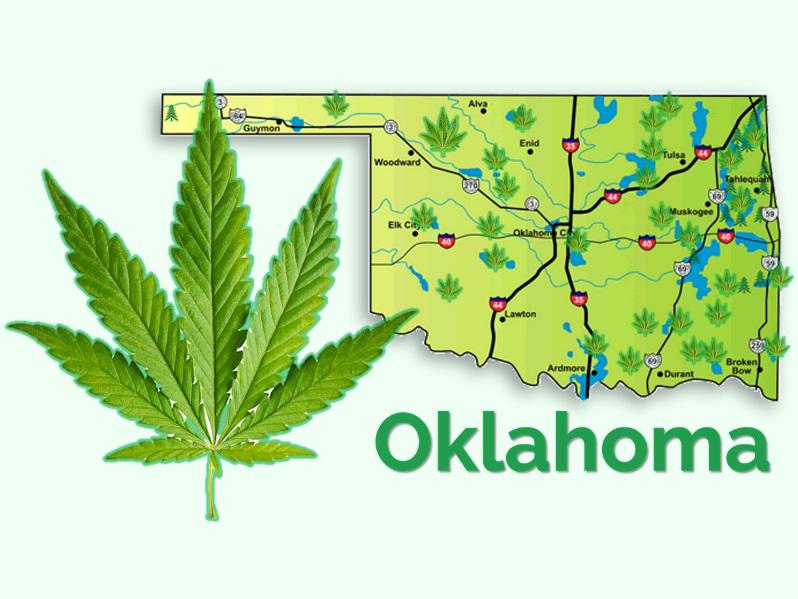Save the queue – Get your medical marijuana card online!
Don’t want to wait to see your doctor? Don’t want to go outside during the pandemic? Think going outdoors in Oklahoma is too risky? Consider going to the doctor is tempting fate You’re not alone!
Did you know you can get your medical marijuana card (MMC) online?
It makes perfect sense. Apply online and have your card delivered to your door. No going out. No risking Covid and no having to wear a face mask.
The Marijuana Patient License
You will need your Marijuana Patient License, or medical marijuana card, to buy medical marijuana in Oklahoma. Once you have it, you can legally use and buy cannabis products.
The card looks a little like your old college ID. It will have your name, address, date of birth and patient license number. The dispensary will require this card in order to serve you.
The car will last for 24 months, 2 years from the date of issue.
How to get your medical marijuana card
You can only apply for a medical marijuana card with the agreement of your doctor. Oklahoma requires an in-person consultation with your doctor so if you want to go this route, you’ll have to venture out at least once.
If you have any of the following, you should be eligible for a medical marijuana card:
- Chronic pain
- Insomnia

- Anxiety
- Severe nausea
- Terminal illness
- Spasticity
- Epilepsy and other seizure disorders
- Muscle spasms
- Inflammation
- Glaucoma
- Cachexia and wasting syndrome
- Neuropathic pain disorders
- Cancer
- HIV/AIDS
- Anorexia and bulimia
- Crohn’s disease
If your doctor agrees to support your card application, you will need their agreement in writing to support your application.
Then, visit this website if you live in Oklahoma. You will need proof of ID, your doctor’s note, proof of Oklahoma residency, a full face photograph and your medical insurance details if required.
It usually costs between $100 – $200 to get your medical marijuana card. That includes all the paperwork, the application and the card.
Once you apply for the medical marijuana card, the state will check your details and the doctor and will either approve or disprove your application. As long as you have all the paperwork, approval is fairly reliable and will happen within 14 days or thereabouts.
Your medical marijuana card will arrive in the post a few days later.
There are lots of third party organizations that offer to provide medical marijuana cards. Be careful when selecting them and make sure they know the rules pertinent to Oklahoma.
Not all states require an in-person consultation with a physician but Oklahoma does.
Once you have your medical marijuana card, you can freely and legally purchase cannabis products for personal medical use.
You can also take advantage of curbside delivery services offered by some MMJ dispensaries. Check your area for dispensaries that support that service.
Getting your medical marijuana card is refreshingly easy given the industry we’re in. The authorities could have made it much more difficult to apply and be granted a license, but they haven’t.
As long as you have a qualifying condition, can meet your doctor and have the necessary paperwork, it’s just a case of filling in a form and applying. How cool is that?















